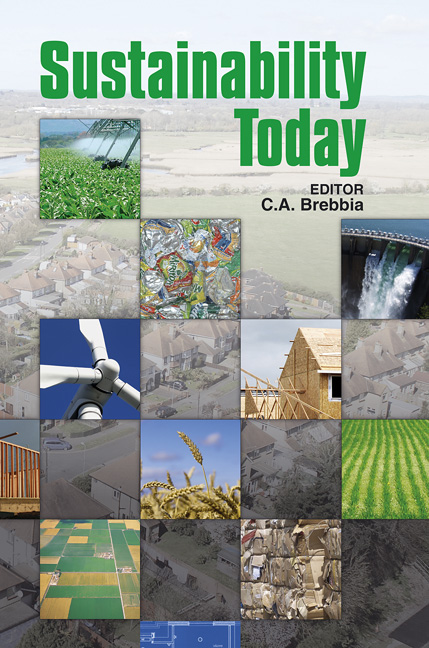Food From The Forest Of Java: Tropical Agro-forestry Experiences In Feeding Dwellers And Keeping The Environment Greener
Price
Free (open access)
Transaction
Volume
167
Pages
13
Page Range
281 - 293
Published
2011
Size
2,673 kb
Paper DOI
10.2495/ST110261
Copyright
WIT Press
Author(s)
Y. Widodo
Abstract
Sixty percent of Indonesians live in Java, which in area is only around 7% of the country. As part of the global community, Indonesia has a strong endeavor to realize Millennium Development Goals (MDGs) which is put as a top priority to reduce hunger and alleviate poverty by 50% by 2015. Unfortunately, the severity of global warming has locked a dream into a reality. Praxis of past and present food crops production in the forest area of Java indicates that Java is able to feed not only domestic dwellers, but also those in the outer islands and even abroad. Unfortunately, due to food crop production practices there is a detrimental effect to the forest, so its basic function as a carbon sink is disturbed. The forest area of Java is 3.3 million ha, only around 2.5% of the Indonesian forest area. Around 73% of the Java forest is managed by Perhutani (State Forest Enterprise), and the 27% remaining is maintained by civilians. Apart from cereal and grain, which is more recognized as a food source, shade tolerant root-crops have a significant advantage by their ability to produce more food in the form of starchy roots under a greener environment. Future progress of agro-forestry should be able to keep a greener forest as a carbon sink in line with providing food sufficiently for dwellers. Keywords: food crops production, agro-forestry of Java, food adapts global warming.
Keywords
food crops production, agro-forestry of Java, food adapts global warming





